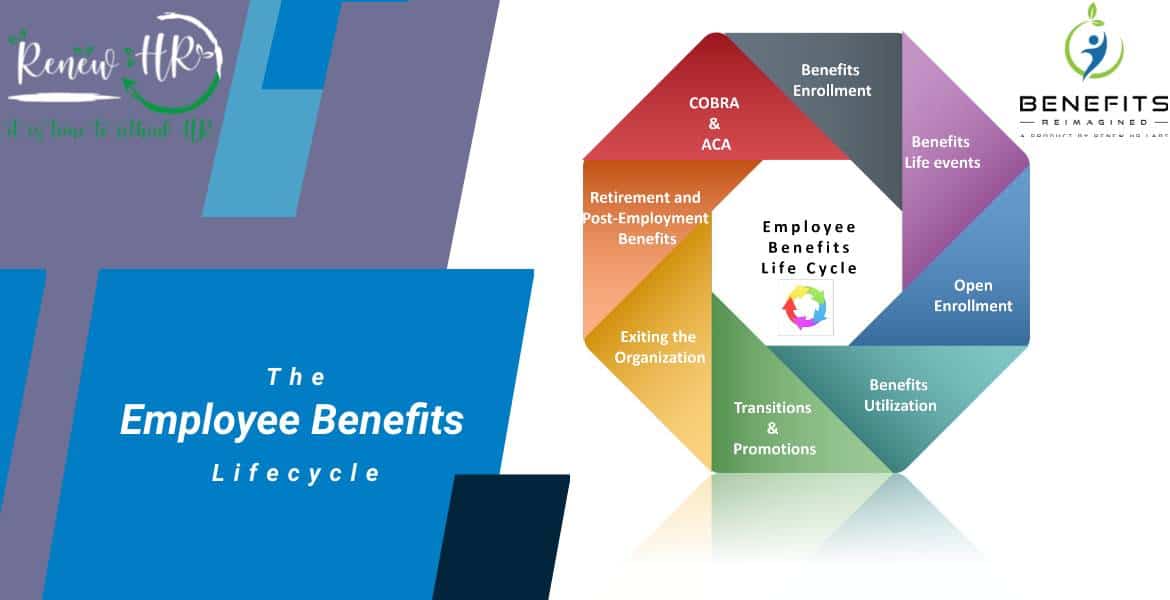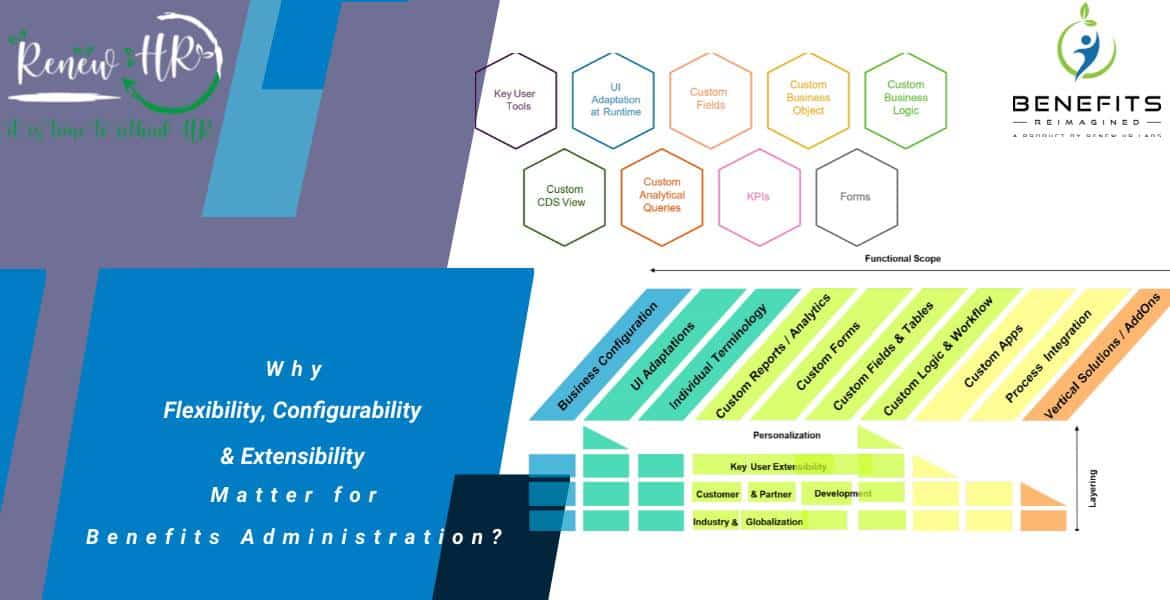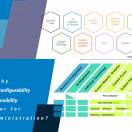Diversity is a topic at the forefront of many human resources teams, but it’s more than just a buzzword to put on recruitment materials. Diverse teams help companies perform better, innovate, and achieve better results. Countless studies back up this strategy, but it’s not just about statistics: diversity recruiting contributes to better overall performance.
With a more diverse workforce, staffers bring in different perspectives and backgrounds to contribute with new and more diverse ideas. That’s part of why companies around the world are focusing on building and improving their diversity recruiting strategy.
Diversity is more than just a factor to contribute to success, though. Building a more diverse team filled with qualified candidates with different genders, backgrounds, races, and religions is a long-overdue step. It’s also a step toward true equality in the workforce.
Contents
What is diversity recruiting?
There’s an idea among human resources professionals that the workplace should reflect the general makeup of society around them. With a diverse workplace, company staffers and employees should reflect a variety of different types of people: different backgrounds, different experiences, and different ethnicities.
When it comes to diversity, there are two primary types of diversity:

- Inherent diversity, which includes demographic factors and other characteristics like age, gender, sexual orientation, or other characteristics that define who someone is.
- Acquired diversity, which can be developed over time. That includes education, experience, skills, and knowledge.
So how does diversity recruiting tie in? Diversity recruiting is the practice of hiring new employees using a process free of biases. This type of merit-based recruitment process works to find the best candidates on the talent market while still maintaining a type of structure to give all applicants, regardless of their background, an equal opportunity to be hired.
It’s a concept made even more important with the recent transition to work from home and flexible working.

Why should your company care about diversity recruiting?
Diversity in the workforce is a fast-growing trend, and for a good reason. Diversity recruiting provides a number of benefits to a company, from performance to innovation to productivity. With more diverse employees, your company will benefit from a wider variety of skills, better awareness of language and culture, and more varied candidate pools.
Statistics have shown time and time again that a diverse group is better at solving problems, avoiding confirmation biases, and unlocking creativity. All of this leads to better decisions and better results. One study found that companies with diverse management teams have 19% higher revenues than other companies with less diverse workforces. In fact, 85% of CEOs say that having a diverse workforce improved their annual revenue.
Diversity matters for candidates, too, when picking their next workplace. One Glassdoor study found that 67% of job seekers see diversity as an important factor when considering a prospective company.
Having a strong diversity recruiting strategy is crucial, not only for revenue but also for finding top talent. It’s a sure way to drive performance and innovation, too. Here are 10 ways you can improve your diversity recruiting strategy.
1. Attend specific job fairs
Is your company constantly recruiting in the same spaces? Whether online or in person, it’s crucial to take a look at where you are recruiting when you plan to improve your diversity recruiting strategy. As a human resources unit, ensure your talent pool is sourced from numerous different spots. You cannot keep using the same sources over and over and expect different results.
If you want to improve your diversity recruiting strategy, you need to reach out to different places that give you a more diverse talent pool. For example, try recruiting from the following:
- Job fairs that cater to more diverse talent pools.
- Online groups that cater to diverse talent pools in specific industries. For example, groups dedicated to women working in tech.
- Networking groups.
- Facebook and other social media groups.
There are many offline and online groups for different groups of people, and these groups can be a great way to find high-caliber talent pools. Be more proactive in your hiring instead of waiting for candidates to find you. When using platforms like Indeed or LinkedIn, you may see a greater reach, but less diversity. It’s up to you and your team to seek out talent. The greater initiative you take, the better the results.
2. Look at your job ads — and think skills first
When you’re looking to bolster your diversity recruiting strategy, one of the best ways to do so is to look at your past recruitment ads. You want to ensure that your company’s job ads speak to a broad and diverse range of candidates. The language in your job ad is everything, and it should be inclusive to candidates from different backgrounds.
How can you do this? Consider an audit of your job ads. A full audit may reveal that certain language in the job posting is geared to specific demographics, or specific experience levels. For example, do you use specific pronouns in your job description? Details make a big difference when you are trying to recruit a diverse workforce.
Another factor to consider: Do your job ads ask for a degree where one may not be truly needed? Many companies may list a degree requirement in their job listings, but the position might not need a degree. Why does this matter? Not every candidate may have the opportunity or privilege to attend college, but they may have the skills to do the job regardless.
More and more employers are dropping degree requirements to open up new jobs to people who may not have had a four-year education. Dropping the degree requirements can help increase diversity in the workplace.
When you do write your job ads, don’t be afraid to write the job description to cater to specific demographics. You want to let your target candidates know that you are looking for them to apply, and it’s up to you to then prove that your workplace is the place to work.
3. Consider bias during your interview process
The hiring process is full of biases, both implicit and otherwise, and unless your team takes action to correct the biases, it may impact your hiring process. The goal with these processes is to remove bias from the process and hire the candidate that best fits the role.
People of all backgrounds can feel they have been unfairly overlooked for a job, which is a major contributor to minority stress. It’s critical that your company is hiring based on merit, not because a candidate meets preferred demographic characteristics — whether these are conscious or unconscious.
To eliminate bias during the interview process, consider using some of the following tips. These tips also work if you find your recruiting strategy is bringing in good variety, but you struggle to screen candidates in a way that reduces or eliminates bias:
- Blind resumes: Recruiters and HR professionals are increasingly using the blind resumes technique. With this technique, you block out any personal information on the resume, like names, schools, dates of birth, or location, so you can assess the person and their skills without that added bias.
- Blind interviews: This concept uses the same principle as the blind resumes in the early interview stages. In your first interactions with the candidate, send them questions through text or through your recruiting platform. With the anonymous process, you can avoid personal information and get a real picture of the candidate. It can be difficult to avoid bias in the interview process when you speak with people in person, so this works best when you first reach out over the initial contacts.
- Use artificial intelligence: HR tech can be an effective way to remove unconscious bias from your screening process. With AI, you can program the platform to flag and filter your candidates for specific skills and certain experience. However, be aware that AI can repeat the biases of the person who programs the system.
4. Offer internships to targeted groups
Internal diversity programs can be a great way to position your company as a leader in your field. One of the most popular and successful programs includes internships and co-op programs specifically targeting candidates with certain backgrounds.

Paid programs like these for newbies to the field encourage candidates to join your industry and your team. It gives them an opportunity to gain experience and mentorship from other leaders in your organization.
How do you recruit for a program like this? It can be challenging. Your company’s HR function will need to reach out to schools and community groups across the country, with a focus on nearby areas, to connect with students and potential candidates. You need to focus on making connections with specific organizations that cater to certain groups, as well.
Communities might have their own programs to help encourage growth for up-and-coming talent, and working with those initiatives can be a great way to connect with new talent and give back to the community.
Don’t let all the investment in new talent go to waste. When it comes to internships, consider creating a pipeline for those candidates to find new junior positions in your company. After all the time one intern or co-op may spend in your company, it’s worth assessing the top talent and picking a couple to proceed in the organization.
5. Build a diverse and inclusive workplace
It can take months, if not years, to build a truly diverse workplace. However, diverse candidates often want to work in an environment that celebrates their diversity and where they feel they have a voice.
How can you create a company culture like that? Put policies in place that encourage people to speak up and share their opinions, so they feel heard. That means discussing even uncomfortable topics, like discrimination and sexual harassment.
It’s crucial that employees feel they are able to voice any complaints to ensure they don’t feel as if they’re being ignored or silenced. Gender discrimination in particular is one of the first places companies should start, and work their way down into more detailed policies. Diversity and inclusion comes from the top, so ensure your leadership is on board and promotes the inclusive policies in place.
6. Create diverse companies policies
A diverse workforce requires more than recruiting diverse talent — you also have to retain employees once they have been hired. Company policies can be a great way to show candidates that your company values true diversity. It’s important to be able to back up your diversity recruiting strategy with actual policies and programs. Implementing these policies proactively can help your appeal when recruiting diverse candidates.
What policies might appeal to a more diverse talent pool? Consider shifting your time-off schedule to include diverse religious holidays and community events, or offer flexible holiday time so individual employees can celebrate holidays that are important to them. Implement flexible working hours that allow talent to work at times of the day best suited for them.
Managers will play a big role in implementing and encouraging these policies. Transparency and open communication is key. Managers should encourage employees to speak up and provide feedback on any and all policies, including policies on sexual harassment and diversity. If employees feel any policies are hindering diversity, they need to feel as if they can report it to managers.
These policies can make a big difference in your company’s perception, and candidates will certainly ask about your policies regarding these issues.

7. Encourage hiring managers to participate in diversity and inclusion trainings
The hiring process is conducted by individuals within your HR team, and individuals have their own biases and preconceived notions. Managers will make hiring decisions, and if their decisions are tainted with bias, you may end up with a less diverse workforce.
Diversity training is imperative for HR teams and employees across the organization, but it’s especially important for those doing interviews and hiring managers who ultimately make decisions on the future of your company’s workforce.
8. Bolster your employee referral program
Take advantage of your employee network — and let them do some of the work for you. It’s very likely that your employees have a network of colleagues who know people with similar backgrounds. Bolster your employee referral program to improve your diversity recruiting strategy.
This is a great way to showcase your company’s values and willingness to hire people from diverse backgrounds.
If you want to hire people from a specific background, reach out to employees within your company who are part of the demographic. Create an employee referral program to encourage those employees to share your company’s job ads with their networks.
Some referral programs give employees bonuses and financial benefits for successfully referring new employees. Others might provide other benefits. Whatever you choose, ensure that employees and candidates alike feel your company values their opinions and their presence.
9. Use inclusive language
As an HR professional, it’s up to you to be the agent of change. That’s why it’s so important to use inclusive language and inclusive imagery in all of your recruiting materials and in your office. What does that entail, exactly?
Inclusive language refers to a number of small details that make a big difference for employees. Never assume the pronouns that anyone in the company wants you to use to refer to them. Instead, ask whether they prefer the use of him, her, or they.
Likewise, instead of using “wife” or “husband,” consider using “spouse” and “partner” to avoid gendered definitions. Avoid casual references like “hi guys,” which is gendered as well. With language use in the office, it’s important to avoid using potentially harmful language — and if you do, quickly apologize and ensure you won’t repeat the mistake again.
Inclusive imagery is important too, and it shows potential candidates that you care about inclusion. That means including stock images in your brochures and promotional materials that are inclusive of all ethnicities, races, and disabilities.
10. Make sure your hiring team represents diversity
Inspecting the bias of your hiring team is only one part of the process to building a more diverse recruiting strategy, and ultimately a more diverse workplace. With a more diverse hiring committee in place, your company can build a more open, intentional hiring process that welcomes a variety of candidates.

The tricky part is that, in many companies, the hiring committee sits all across the company — not just within the HR team. That means people in middle management, entry level positions, and company leadership all play a role in the hiring process. In the best case scenario, these people involved in the hiring process also represent different age groups, genders, backgrounds, and personalities.
With different backgrounds involved, candidates will feel more welcome and seen — and bias is less likely to play a role. However, in addition to the diverse hiring time, those involved in the hiring process should have diversity and inclusion training.















